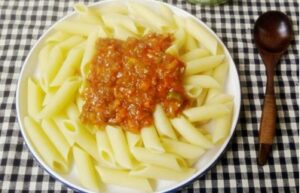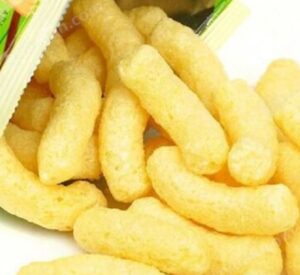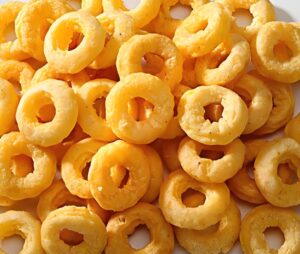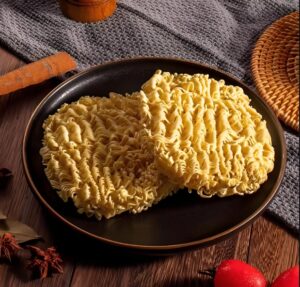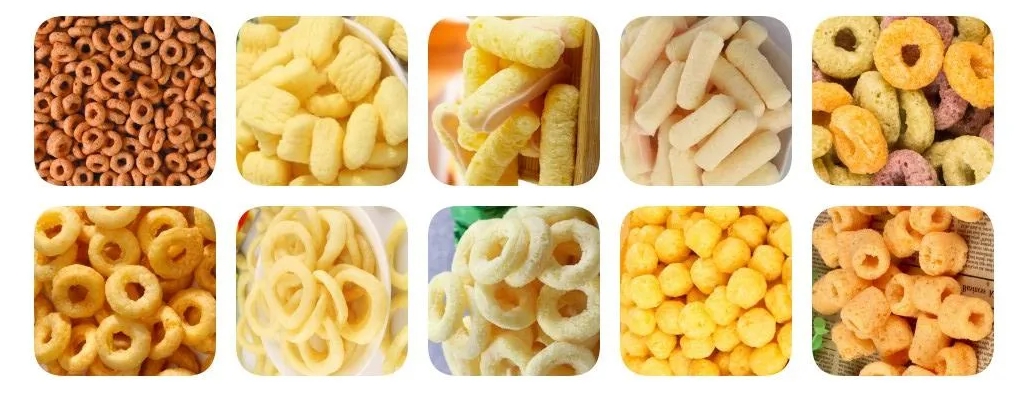
Puffed foods, such as crispy snacks made from grains like rice, corn, or wheat, have become a staple in global markets. This article explores how businesses in the food industry can master the production, quality control, and export of puffed foods. Whether you’re a manufacturer or exporter, understanding these processes can enhance efficiency, ensure safety, and boost profitability in B2B trade.
puffed snack food making machine
ToggleUnderstanding Puffed Foods
Puffed foods are lightweight, airy snacks created through a process that expands raw materials using heat and pressure. These products are popular for their crunchiness and versatility, often used in cereals, snacks, and ready-to-eat meals. In the B2B sector, they represent a growing opportunity for exporters targeting health-conscious consumers worldwide.
The science behind puffing involves gelatinization, where starches in grains absorb moisture and expand rapidly when exposed to high temperatures. This results in a low-density product that’s easy to digest and appealing to buyers. For foreign trade, knowing these basics helps in sourcing quality raw materials and meeting international standards.
The Production Process of Puffed Foods
Producing puffed foods requires precise steps to achieve the desired texture and flavor. Start with selecting high-quality grains, such as corn or rice, that have low moisture content to prevent inconsistencies. The process typically involves cleaning, milling, and mixing ingredients before extrusion or popping.
Extrusion is a common method where raw materials are forced through a machine under high pressure and heat. This step causes the mixture to expand as it exits, creating the signature puff. Businesses should monitor temperature and moisture levels closely to avoid defects like uneven expansion or burning.
Key Equipment for Puffing
Investing in reliable equipment is crucial for efficient production. Extruders, dryers, and packaging machines form the core of any puffed food line. For B2B exporters, choosing machines from reputable suppliers ensures compliance with global safety regulations, such as those from the FDA or EU standards.
Modern extruders offer adjustable settings for different recipes, allowing customization for various markets. This flexibility can help manufacturers create products tailored to regional tastes, like spicy puffs for Asian markets or flavored ones for Europe.
Best Practices for Quality Control in Puffed Food Manufacturing
Quality control is essential to maintain product integrity and build trust in B2B trade. Begin by implementing strict hygiene protocols in your facility to prevent contamination. Regular testing for microbial safety and chemical residues ensures that puffed foods meet export requirements.
Use sensory evaluations, such as checking for optimal crunch and flavor, alongside lab tests for nutritional content. This dual approach helps identify issues early, reducing waste and recalls. For exporters, adhering to certifications like ISO 22000 can differentiate your products in competitive markets.
Maintaining Consistency in Production
To achieve consistent results, standardize your recipes and processes. Factors like ingredient ratios and cooking times must be documented and followed precisely. Automated systems can monitor these variables, minimizing human error and ensuring each batch meets specifications.
Incorporating technology, such as AI-driven quality checks, can further enhance accuracy. This not only improves product quality but also appeals to international buyers who prioritize reliability in their supply chains.
Ingredients and Formulation for Puffed Foods
Selecting the right ingredients is key to creating high-quality puffed foods. Base materials like grains should be non-GMO and sourced sustainably to appeal to eco-conscious buyers. Additives, such as sugars, salts, and flavors, must be balanced to enhance taste without compromising health benefits.
Formulation involves experimenting with blends to achieve the perfect expansion and texture. For instance, adding fiber-rich ingredients can make puffs more nutritious, catering to the demand for healthy snacks. In B2B trade, transparent sourcing of ingredients builds credibility with clients.
Innovative Formulations for Market Differentiation
Innovate by incorporating superfoods or functional ingredients, like chia seeds or protein powders, into your puffed food recipes. This can position your products as premium items in foreign markets. Always conduct stability tests to ensure these additions don’t affect the puffing process.
Keep an eye on consumer trends, such as the rise of plant-based options, to guide your formulations. By offering customizable recipes, exporters can meet the specific needs of B2B partners, fostering long-term relationships.
Packaging and Storage Solutions for Puffed Foods
Proper packaging preserves the crispness and shelf life of puffed foods. Use moisture-resistant materials like metallized films to protect against humidity, which can cause sogginess. For B2B exports, packaging should also include clear labeling with nutritional facts and allergen information.
Storage practices are equally important. Keep products in cool, dry environments to maintain quality. Implementing FIFO (First In, First Out) inventory systems prevents staleness and ensures freshness for international shipments.
Export-Ready Packaging Strategies
For global trade, opt for durable, eco-friendly packaging that complies with regulations like those from the WTO. This includes using recyclable materials to attract environmentally aware buyers. Customized packaging can also serve as a branding tool, enhancing your product’s market appeal.
Consider the logistics of shipping puffed foods, which are lightweight and space-efficient. Proper sealing and cushioning reduce damage during transit, ensuring products arrive in prime condition and satisfying B2B clients.
Export Strategies for Puffed Foods in B2B Markets
Exporting puffed foods requires a strategic approach to navigate international regulations and competition. Start by researching target markets, such as the US or Europe, where demand for healthy snacks is high. Building relationships with distributors through trade shows can open doors.
Focus on competitive pricing and value-added services, like private labeling, to stand out. Understanding tariffs and trade agreements, such as those under the USMCA, helps in pricing strategies and reducing costs.
Overcoming Challenges in International Trade
Common challenges include varying food safety standards and supply chain disruptions. To mitigate these, partner with certified logistics providers and stay updated on global regulations. This proactive stance can turn potential obstacles into opportunities for growth.
Leverage digital tools, like e-commerce platforms, to expand your reach. By showcasing your puffed food products online, you can connect with B2B buyers worldwide and streamline orders.
FAQ on Puffed Food Production and Trade
Here are answers to some frequently asked questions to help businesses in the puffed food sector.
Q: What exactly is puffed food?
Puffed food refers to snacks made by expanding grains or starches through heat and pressure, resulting in a light, crispy texture. Examples include puffed rice and corn snacks.
Q: How can I ensure my puffed foods are safe for export?
To ensure safety, comply with international standards like HACCP and conduct regular testing for contaminants. Partnering with accredited labs can provide the necessary certifications.
Q: What are the main ingredients needed for puffed food production?
Core ingredients include base grains like corn or wheat, along with binders, flavors, and oils. Choosing high-quality, sustainable sources enhances product appeal in global markets.
Q: How does packaging affect the shelf life of puffed foods?
Effective packaging, such as barrier films, prevents moisture and oxygen exposure, extending shelf life up to 12 months. This is crucial for B2B exports to maintain product quality during transit.
Q: What trends are shaping the puffed food industry?
Trends include a shift towards organic and fortified options, driven by health awareness. Businesses should innovate to meet demands for clean-label products in international trade.
Conclusion
In summary, mastering puffed food production and trade involves understanding the process, prioritizing quality, and adapting to global markets. By focusing on innovation, compliance, and strategic partnerships, B2B businesses can thrive in this dynamic industry. Implementing these insights will not only enhance your operations but also drive sustainable growth and customer satisfaction in the competitive world of foreign trade.


